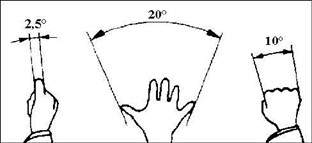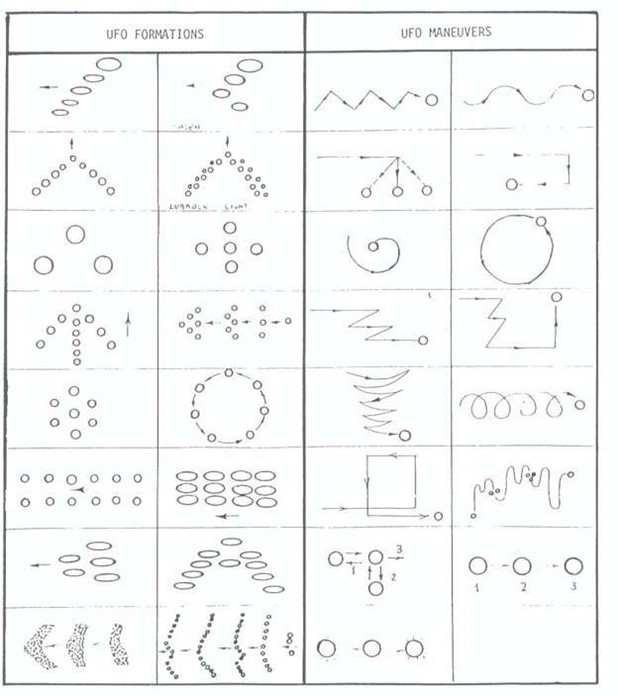CE5 Fieldwork Guide
use this as a rough guide to engaging in close encounters
- Solitary or Communal Fieldwork
- Pick a date and time.
- Create a loose agenda of what you’ll be doing during the CE-5 event.
- Send out your invites and ask for an RSVP.
- Remind everyone to bring seriously warm clothes, sleeping bag, chair, flashlight.
- In the days before the event, do one to three meditation sessions, either in a group physically together or remotely at synchronized times. Meditation can also be done individually at any time if this is more convenient. Set personal and group intentions for the CE-5 during these meditations.
- On the day of the CE-5, meet up and drive out or meet at the location.
- When you arrive, arrange your chairs in an inward-facing circle if the sky is clear in all directions. Use a semi-circle if there is one area that is overcast or has a mountain or trees in the way.
- Review the agenda to see if anyone has any requests, additions or changes. Create this experience together as you go along – this doesn’t have to be perfect!
- Make a clear intention with the group.
- Do one eyes-closed meditation to really get in touch with one mind consciousness.
- Continue your agenda and amend as necessary.
- Encourage people to speak up if they see or experience something—often people are shy to say they’ve seen something because they barely believe they’ve seen it. Tell people to speak up even if they’re not sure; in fact, it may be that someone else saw or experienced the same thing! Then, the group can watch that portion of the sky to see if anything else will happen there.
- Keep in touch with the will of the group and the vibe – is everyone warm, still engaged, and feeling happy?
- Keep an attitude of thanksgiving for the experience and growth, even if you aren’t aware of anything that happened or didn’t see anything. Based on our experiences, we believe that ET is there even if you cannot perceive them, anticipating your growth with excitement!
- When you close the meeting, remember to ask for visitations in the dream state and also growth and sightings that may happen in the days to come or even on the journey home.
- After the CE-5, you can send a report back to the larger group and if you like, upload a report to one of the several networking sites (Facebook, ETLet’sTalk).
Kit list
It is illegal to point lasers at aircraft
- Chair or blanket
- Sleeping bag
- Meditations
- Flashlight or headlamp
- Laser pointer
- Full winter gear
- Snacks and water
- Toilet paper
- Mosquito repellant
- Audio tools
- Crystals and sacred items
- Gifs!
- Binoculars
- Night Vision Binos
- Device/Speakers to play Meditations or Audio tools
- EMF Detector
- Portable Radar Detector
- Gamma Scout Geiger Counter
- Portable Lightning Detector
- Digital Outdoor Thermometer
- Compass
- Infrared Light
- Night Vision Video Camera/Infrared Camera/Traditional Camera
- CE5 Record Logging Templates
Applications
- Satellite Tracker
- Plane Tracker
- Constellation App
- Light Pollution Map
- Weather Forecast/Sky Conditions
- Digital Sound Recorder
- ET Contact Tool
- ESP Trainer
Orientation
Point out north, east, south, west, and zenith (highest point directly above). Assign a landmark to each, if possible. If no landmark exists, use a person. Estimate the ‘horizontal coordinates’ of the heavenly bodies using astronomy’s system of ‘altitude and azimuth.’‘Altitude’ measures the angle of an object’s apparent elevation (or curved height) on the celestial sphere (the dome of the sky), relative to the observer. 0° refers to the horizon on a level plain. 90° refers to the zenith. Thus, halfway upward from a flat horizon to the sky's zenith would be 45°. A third would be 30°, two-thirds would be 60°, etc.Many people find that their fist held at arm's length can approximate a space of 10°, or the distance from thumb to pinky of stretched fingers can approximate 20°. Experiment with adding these estimations from horizon to zenith to learn if these can help you. Or look up the known altitude of objects in a chart or app. ‘Azimuth’ measures the cardinal directions (north, east, south, and west) on a scale from 0 to 360 degrees. But simply saying the English direction (e.g. “north-northeast") should suffice. Estimate the brightness of heavenly bodies using astronomy’s system of ‘apparent magnitude’. The ‘magnitude’, or brightness, of stars was first catalogued by ancient Greeks on a scale of one (for the brightest) through six (for the dimmest). In the nineteenth century, modern astronomers formalized the system on a logarithmic scale, extended the scale below one and above six, and set Vega as its zero point (Vega being exceptionally bright; visible in the Northern Hemisphere for most of the year). The word "apparent" was added because it was then realized that brightness depends more on a star's distance from the Earth. A separate measurement called ‘absolute magnitude’ describes the brightness of each star if observed from a standard distance.

Sample Agendas
View Sample Agendas here.
